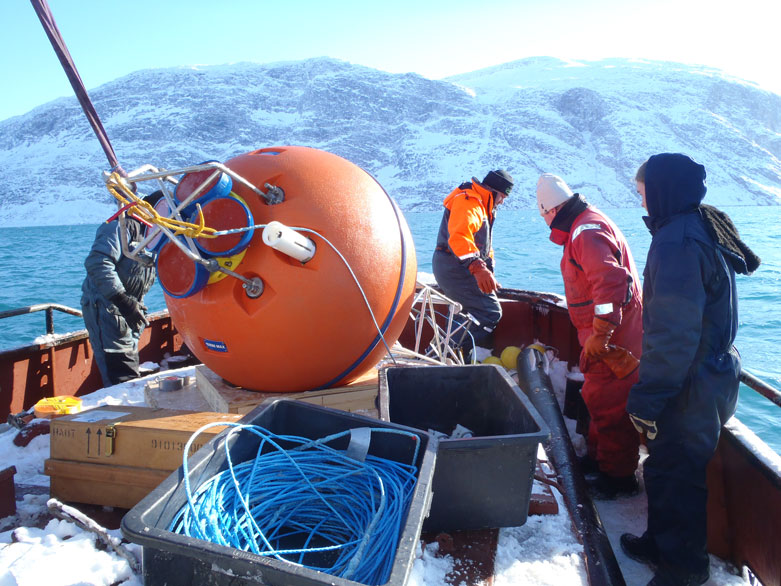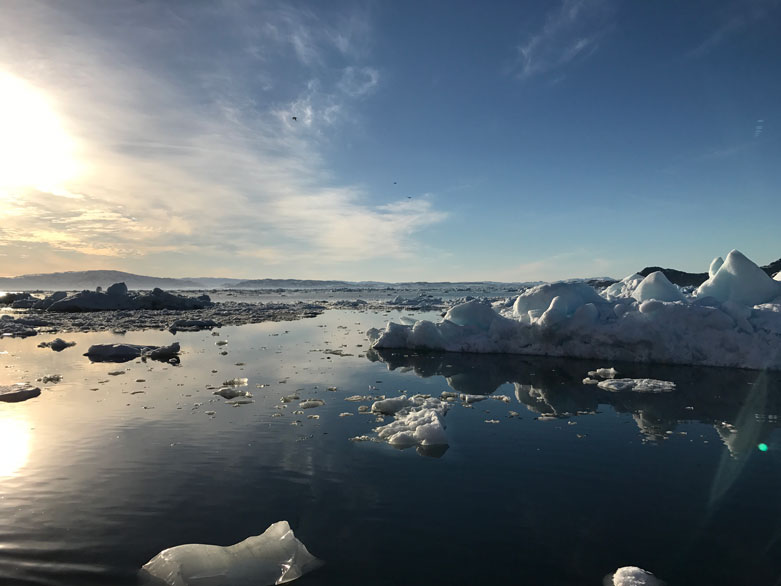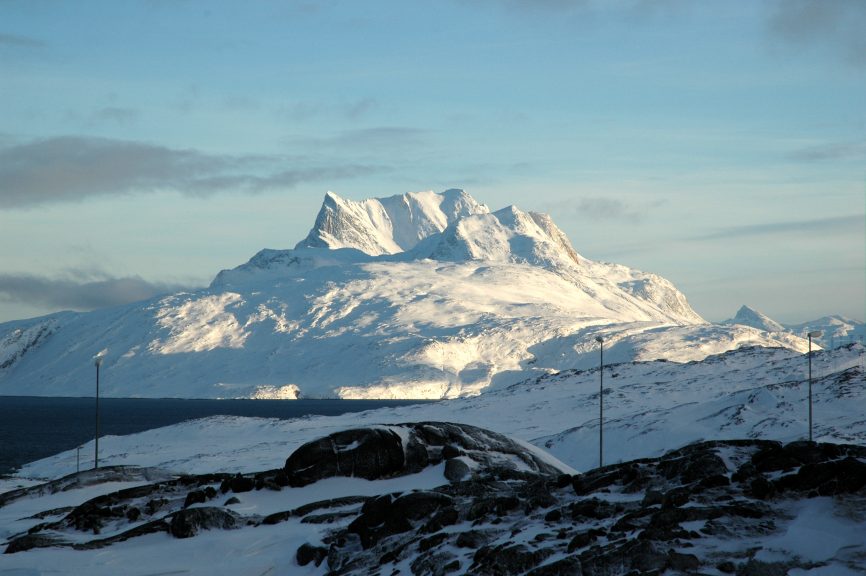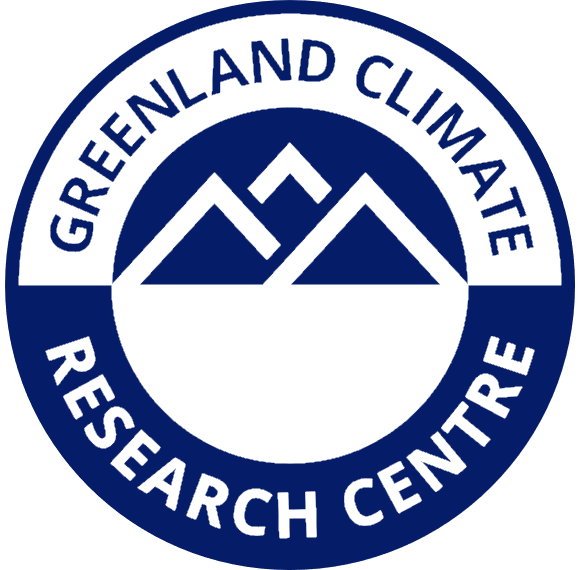Fjord Observation Network

One of the direct effects of climate changes on the marine ecosystem is through freshwater discharge from the marine terminating glaciers. The changes can be rapid, therefore the timing and duration of hydrographic and biogeochemical changes can only be ascertained through long-term, moored observations that provide the temporal resolution necessary to detect subtle shifts in local and regional background properties.
This information is a critical aid in protecting future conditions, assessing impacts on ecosystems and helping to identify the drivers of the fjord-coast system. Despite their importance, very few long-term, continuous hydrographic and biogeochemical datasets have been collected along the coast of Greenland.

The Fjord Observation Network program was initiated in 2007 with the deployment of two moorings in the Godthaabsfjord complex. Instruments were deployed just below the intertidal zone (~5 m depth), with measurements of salinity, temperature and depth at a 10 minute frequency. Since then, moorings have been deployed in more locations, and the program has been extended to include more variables, such as oxygen, turbidity and chlorophyll.


